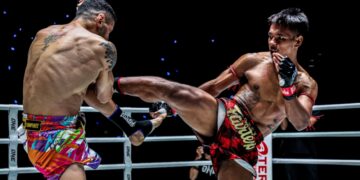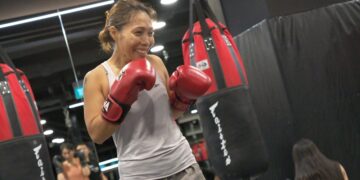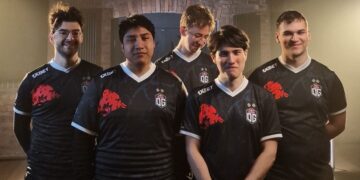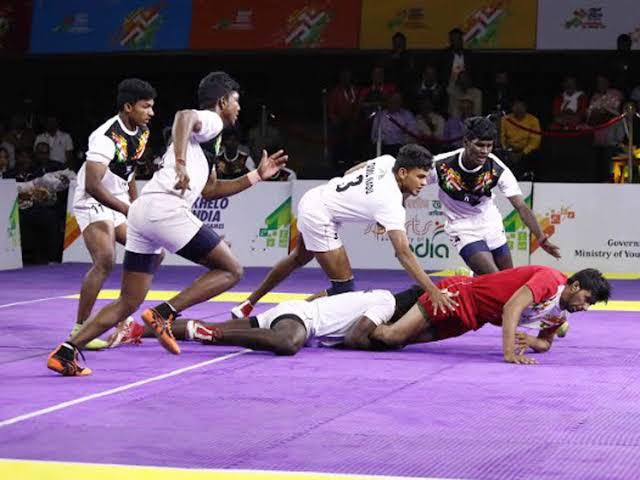Teamwork can make the difference between success and struggle in the workplace. Many companies turn to team-building workshops, leadership retreats, and communication courses to strengthen collaboration. But one powerful and often overlooked way to develop teamwork skills can be found in martial arts.
While martial arts are usually associated with self-defense and fitness, they also foster qualities that are directly transferable to business and professional environments. From building trust to sharpening communication, training together on the mats can teach lessons that carry into the workplace and even other aspects of your life.
Teamwork Through Shared Challenges
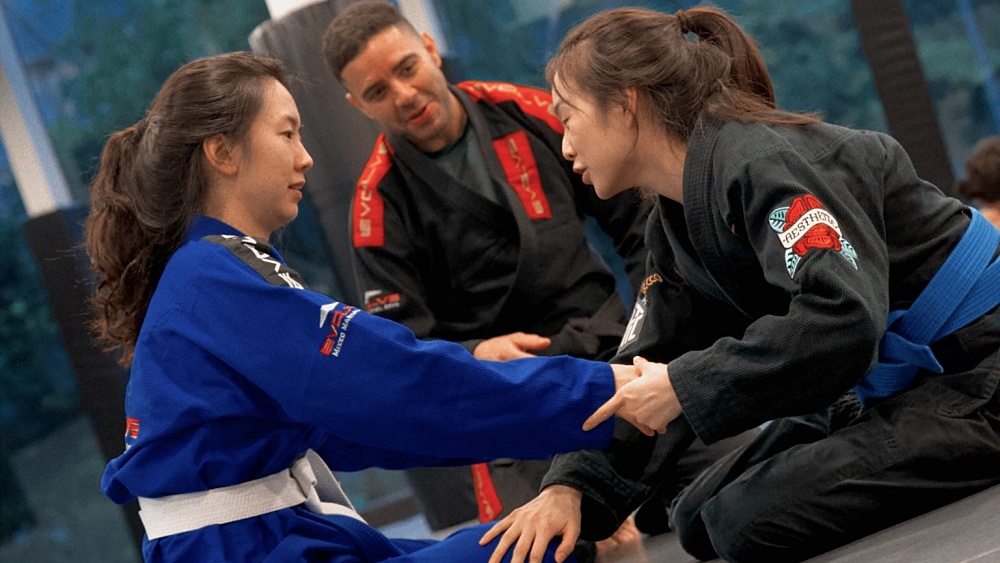
Martial arts unite people through shared challenges, teaching teamwork, encouragement, and collective effort that translates seamlessly into real-life collaboration.
One of the most powerful aspects of martial arts training is the way it brings people together through shared challenges. In a class, everyone works toward the same drills and exercises, regardless of background, fitness level, or professional title.
This creates an environment where collaboration naturally forms. Training partners encourage each other, celebrate progress, and push through difficult sessions together. Much like in a professional setting, success is rarely achieved alone. Learning to overcome obstacles as a group reinforces the value of collective effort, a lesson that directly translates into project teams and business units.
Building Trust And Dependability
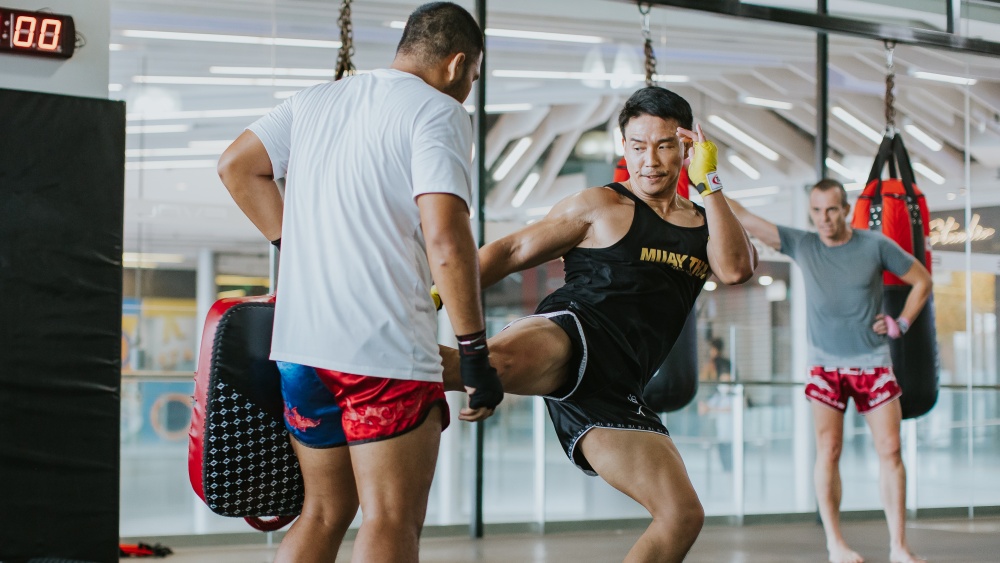
Martial arts build trust and reliability as partners depend on each other for safety and progress, mirroring the teamwork needed in professional settings.
Teamwork requires trust, and martial arts training creates that trust in a very real way. In disciplines like Brazilian Jiu-Jitsu or Muay Thai, students rely on their partners to practice techniques. When someone applies a submission, they must release immediately when their partner taps. When holding pads for striking drills, the holder must give proper resistance to help their partner improve.
These interactions build dependability. Just as colleagues in a business setting depend on each other to meet deadlines and deliver results, martial arts practitioners learn that progress is only possible when they can count on their teammates. Over time, this fosters a deeper sense of reliability that extends beyond the gym.
Communication Under Pressure
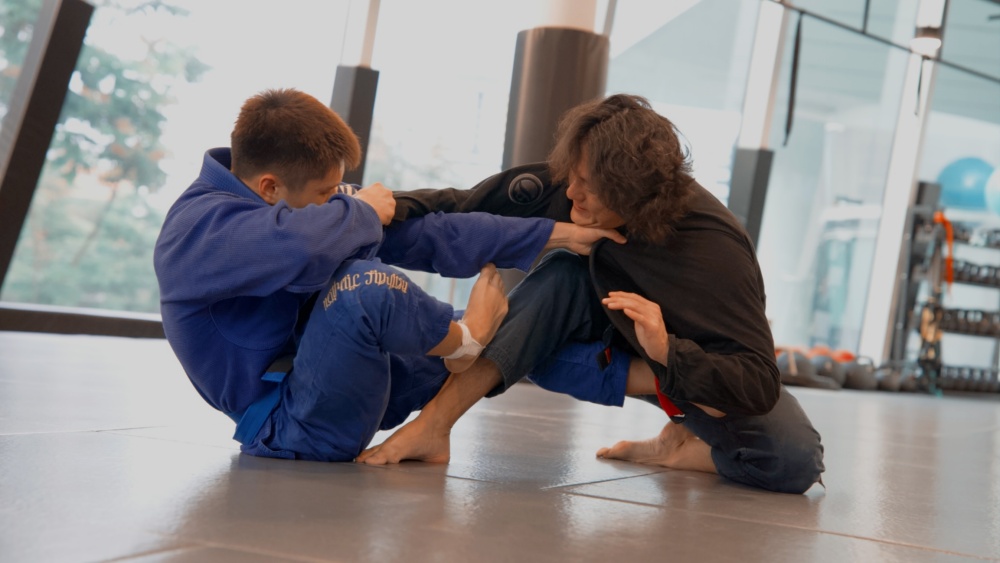
Martial arts sharpen both verbal and nonverbal communication through cues, feedback, and adaptability. The communication cues, often mirror teamwork in fast-paced professional settings.
Effective teamwork depends on clear and timely communication. Martial arts sharpen this skill by placing students in situations where communication is both verbal and nonverbal.
During sparring or pad work, subtle cues, a nod, a shift in stance, or even a raised glove can communicate just as much as words. Practitioners also learn to give and receive constructive feedback, adjusting techniques to support one another. This constant exchange mirrors the communication needed in fast-paced professional environments, where clarity and adaptability are essential.
Leadership And Role Flexibility
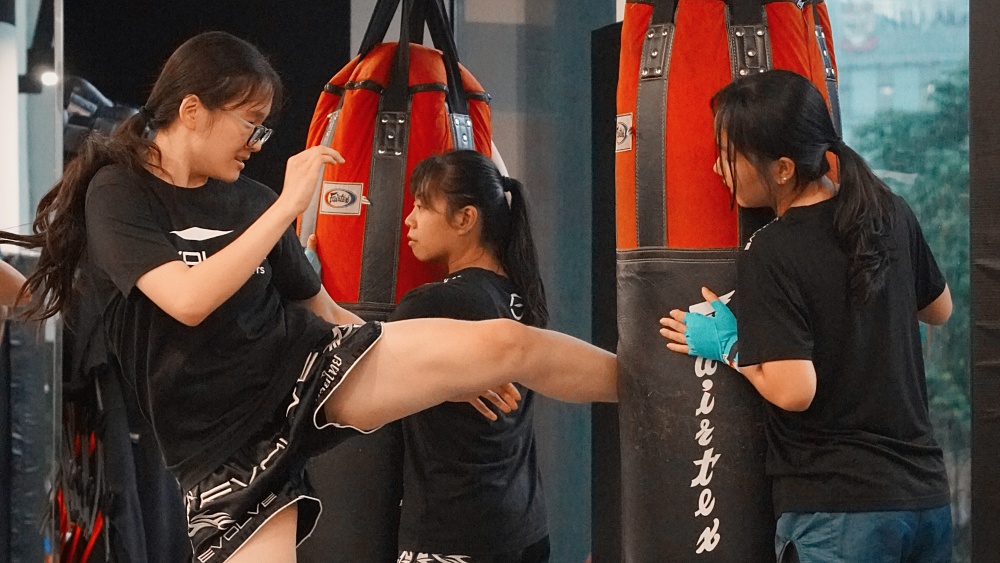
Martial arts teach humility and adaptability by rotating between leader and learner roles, a lesson that builds stronger, more empathetic teams in any setting.
In martial arts, everyone rotates between the roles of leader and learner. One day, you might be guiding a new student through basic drills, and the next, you may be learning advanced techniques from someone more experienced.
This natural shift between roles teaches humility, adaptability, and empathy. In a corporate setting, leaders who understand what it feels like to be a learner often inspire more respect from their teams. Similarly, employees who take the initiative to guide others show leadership qualities that benefit the entire organization. Martial arts reinforces that strong teams are built when individuals can step into different roles as needed.
Resilience And Collective Problem-Solving
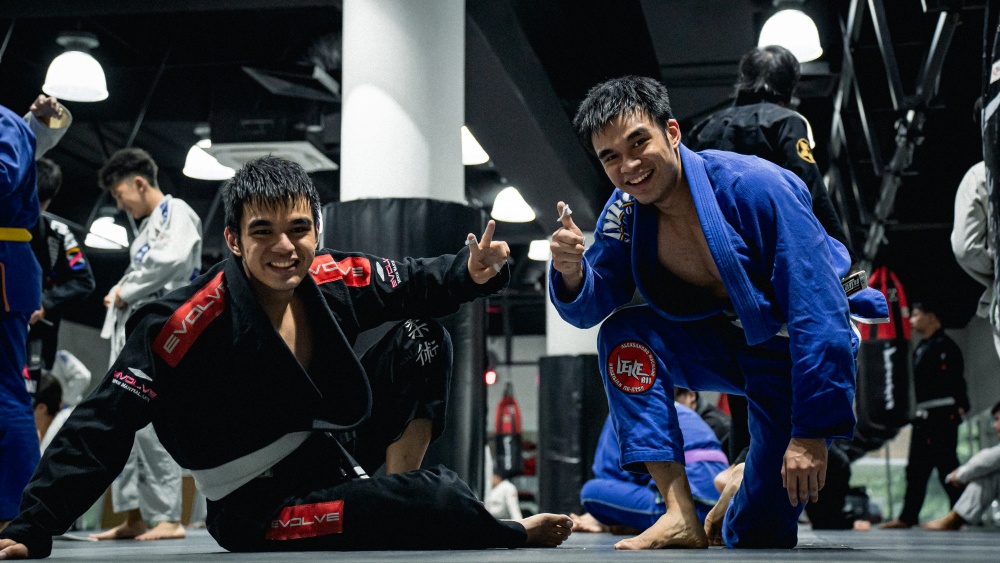
Martial arts instill resilience by turning setbacks into growth with team support, mirroring how workplace challenges are overcome through adaptability and collaboration.
No martial artist succeeds without setbacks. There are days when techniques do not work, when sparring feels overwhelming, or when progress seems slow. In those moments, teammates play a critical role in offering encouragement, advice, and support.
This culture of resilience and problem-solving directly mirrors workplace challenges. Teams in business settings must navigate setbacks, tight deadlines, and unexpected obstacles. Martial arts fosters the mindset that challenges are not barriers but opportunities to adapt and grow together.
FAQs: Martial Arts and Teamwork
Q: How Does Martial Arts Build Teamwork?
A: Martial arts classes require partners to train together, share drills, and support each other’s progress. This creates trust and collaboration, the same qualities that drive strong teamwork in any setting.
Q: Can Martial Arts Improve Communication Skills?
A: Yes. Training involves both verbal and nonverbal communication, from giving feedback to reading body language. These skills translate directly into clearer communication in professional environments.
Q: Are Martial Arts Useful For Corporate Team-Building?
A: Absolutely. Many companies use martial arts workshops as team-building activities because they encourage problem-solving, trust, and collaboration in a dynamic setting.
Q: What Makes Martial Arts Different From Other Team-Building Activities?
A: Unlike one-time games or exercises, martial arts combines physical and mental challenges that demand cooperation. It builds lasting skills such as resilience, adaptability, and mutual respect.
Q: Do I Need Prior Experience To Benefit From Martial Arts Teamwork Training?
A: Not at all. Martial arts is designed for all levels. Beginners learn alongside experienced students, which naturally fosters teamwork and a culture of shared learning.
A Tool For Corporate Team-Building And Workplace Wellness
Teamwork is not just a buzzword in business; it is the foundation of growth, innovation, and success for any organization. Martial arts, with its emphasis on shared challenges, trust, communication, and adaptability, offers a powerful way to cultivate teamwork skills that professionals can bring back to their careers.
Companies that incorporate martial arts sessions into their wellness or leadership programs often report stronger employee morale and improved communication among staff.
Unlike traditional team-building activities, martial arts training provides both a physical and mental challenge, engaging employees in ways that feel fresh and impactful. It pushes participants to rely on one another, reinforcing bonds that continue into the workplace.
Whether you’re a manager looking to strengthen your team or an individual seeking to improve collaboration, martial arts provides lessons that extend far beyond the gym. It reminds us that progress is not just about individual achievement but about moving forward together.
If you are ready to experience how martial arts can strengthen teamwork in your professional life, join us at Evolve MMA in Singapore, where classes are led by World Champion instructors who not only teach techniques but also inspire collaboration, resilience, and leadership. Step onto the mats with your team or as an individual and discover how martial arts can transform the way you work and connect with others!
Book your complimentary trial class with our World Champions below!
If you have any other questions regarding Evolve MMA and the programs we offer, you can get in touch with our membership executives at the following locations:
Evolve MMA (CBD)
18 Cross St
#B1-08
Singapore 048423
Phone: (65) 6536 4525
Evolve MMA (Orchard Central)
181 Orchard Road
#06-01 Orchard Central
Singapore 238896
Phone: Evolve MMA (KINEX)
11 Tanjong Katong Road
#02-52 KINEX
Singapore 437157
Phone: Evolve MMA (Star Vista)
1 Vista Exchange Green
#02-26A The Star Vista
Singapore 138617
Phone: (65) 6539 9590
Singapore is known worldwide for its fast-paced life. Long work hours, competitive education, and the constant drive for success have given rise to what many call “hustle culture.” While this culture often pushes people to…
A holiday doesn’t have to mean hitting pause on your martial arts journey. For practitioners of Brazilian Jiu-Jitsu (BJJ) and Muay Thai, training is more than just exercise; it’s a lifestyle. And the beauty of…
Most people start martial arts for the physical benefits, to get fitter, stronger, or learn how to defend themselves. But talk to anyone who has been training for months or years, and you’ll often hear…
Every few years, a new fitness trend captures attention. Whether it’s obstacle races, functional competitions like Hyrox, or the latest boutique workout, these programs bring excitement and variety. They can be fun, motivating, and effective…
Simple, portable, and brutally effective, the jump rope is a classic conditioning tool used by boxers, martial artists, and athletes across generations. It improves cardiovascular endurance, builds coordination, burns calories, and develops footwork in ways…
Kickboxing is one of the most dynamic and widely practiced combat sports in the world today. Known for its combination of powerful punches, sharp kicks, and fast footwork, it stands as a martial art that…
Muay Thai is often called the art of eight limbs, combining punches, kicks, elbows, and knees into a complete striking system. Among these weapons, the knee is one of the most powerful and effective tools,…
In combat sports, the way a fighter stands can change everything about how a match unfolds. Stance determines balance, power, and angles of attack. Among the many stances, the southpaw stance is often described as…
Few things in boxing are as intriguing as an orthodox fighter squaring off against a southpaw. The clash of stances often produces unusual rhythms, unexpected openings, and moments of brilliance. Because most fighters grow up…
Opening the closed guard is one of the most fundamental and often frustrating skills for beginners in Brazilian Jiu-Jitsu. If you’re stuck inside someone’s guard, your movements and offense strategies are completely limited. This article…
In Muay Thai, different fighters develop distinct styles based on their strengths and strategies. Muay Khao refers to the knee-fighting style, one of the most dominant approaches in the sport. A Muay Khao fighter uses…
Children’s martial arts programs are becoming increasingly popular, with many parents seeking activities that do more than just keep their kids active. Martial arts training teaches important values like discipline, confidence, and respect, but one…







